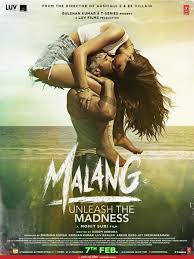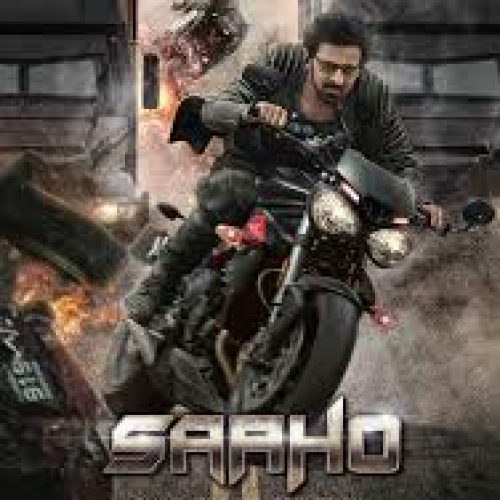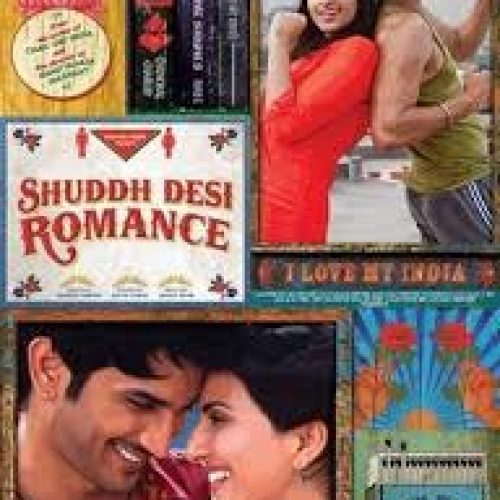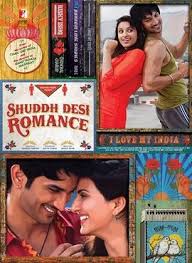Danger, thrill, and a dose of intense passion – this sums up the wild ride of Malang, a 2020 action-thriller that takes viewers through a gripping journey of vengeance, romance, and chaos. Directed by Mohit Suri, the film stars Aditya Roy Kapur, Disha Patani, Anil Kapoor, and Kunal Khemu in a setting that oscillates between Goa’s tranquil beaches and its darker, more sinister underworld. As a genre blend of action, crime, and romance, the movie explores the idea of love intertwined with revenge, taking the audience through a roller-coaster of emotions.
The story revolves around Advait (Aditya), a loner who meets Sara (Disha) in Goa, and the two embark on an exhilarating journey of love, passion, and adventure. However, what starts as a free-spirited romance soon takes a dark turn, leading Advait down a violent path of revenge. The narrative is peppered with flashbacks that piece together the events that transformed him from a carefree wanderer to a man on a mission to settle scores. With every step, he confronts cops Agashe (Anil), a rogue cop with a twisted sense of justice, and Michael (Kunal), a seemingly righteous officer with secrets of his own. The plot is nonlinear, switching between the past and present, gradually revealing the motive behind Advait’s deadly rampage.
One of the film’s strongest points is its acting, particularly Aditya’s performance. Known for his more romantic roles, Aditya takes a leap into action, and he does it convincingly. His physical transformation is evident, portraying Advait’s raw, primal side with intensity. The shift from the carefree backpacker in love to a tormented soul seeking revenge is seamless, and Aditya’s portrayal keeps the audience hooked. Disha, though playing a more stereotypical role of the free-spirited girl, brings a certain charm to her character. She personifies the wild, carefree energy that contrasts sharply with the film’s darker themes. Anil, as the corrupt and cynical cop Agashe, steals every scene he is in. His devil-may-care attitude and unpredictable actions add a layer of unpredictability to the film. Kunal, too, surprises with his layered portrayal of Michael, whose character reveals hidden shades as the plot progresses. Together, the performances elevate the otherwise familiar plot.
The cinematography by Vikas Sivaraman deserves a special mention. Goa is presented in its duality – the vibrant, sunlit paradise that attracts lovers and wanderers, and the dark, gritty world lurking underneath. The visual contrast is striking, with sweeping shots of beaches and sunsets juxtaposed against the neon-lit, dangerous underbelly of Goa’s nightlife. The color palette shifts to match the tone of the film – warm and glowing during the romantic moments and cold, shadowy during the intense, action-packed sequences. The camera work during the action scenes is particularly notable. The fight choreography is raw and well-executed, shot in a way that immerses you in Advait’s visceral rage.
In terms of music, the soundtrack plays a significant role in setting the tone of the movie. Composed by multiple artists, including Mithoon and Ankit Tiwari, the songs capture the highs and lows of Advait and Sara’s journey. Tracks like “Chal Ghar Chalein” evoke the tenderness of their love story, while “Malang” adds to the carefree spirit of their early days together. The background score by Raju Singh effectively heightens the tension during the film’s action sequences, keeping the audience on edge. However, at times, the music feels overused, especially during pivotal scenes where silence might have been more powerful. While the songs are memorable on their own, the film could have benefited from a more restrained approach in integrating them into the narrative.
Another notable aspect is the direction. Mohit Suri, known for his previous films that blend romance with darker themes (Aashiqui 2, Ek Villain), brings his signature style to Malang. He successfully captures the intensity of emotions – love, pain, anger – through his direction, making sure that each scene conveys the right amount of impact. The action sequences are gritty and stylized, while the romantic portions are filmed with a dream-like quality, making the shift between genres feel smooth. However, the film does suffer from a slightly disjointed narrative. The constant flashbacks, while necessary for the plot, at times disrupt the pacing and may leave viewers trying to keep track of the timelines.
Costume design also plays a role in defining the characters. Sara’s bohemian, carefree attire contrasts sharply with the darker tones of Advait’s post-transformation look, symbolizing the shift in their circumstances. Anil’s casual, rebellious wardrobe fits his character perfectly, while Kunal’s polished appearance hints at his character’s complexity.
Thematically, Malang touches upon the ideas of freedom, love, and revenge. While the love story at the heart of the film is engaging, it’s the theme of vengeance that drives the narrative forward. The film delves into how love can be both liberating and destructive, with Advait and Sara’s relationship serving as the catalyst for the chaos that ensues. While the theme of revenge is not new to Bollywood, Malang adds a psychological twist to it, exploring the inner demons of its characters and how trauma shapes their actions.
In conclusion, Malang is an entertaining thriller that delivers on its promise of action, drama, and romance. The film’s strengths lie in its performances, particularly by Aditya and Anil, and its visual style, which makes Goa both alluring and menacing. The action sequences are well-executed, and the chemistry between the leads adds depth to the narrative. However, the film does have its flaws, with a somewhat predictable storyline and pacing issues caused by the non-linear narrative. For fans of high-octane thrillers with a dash of romance, Malang is worth the watch. It may not reinvent the genre, but it certainly keeps you engaged with its stylish execution and emotional intensity.







